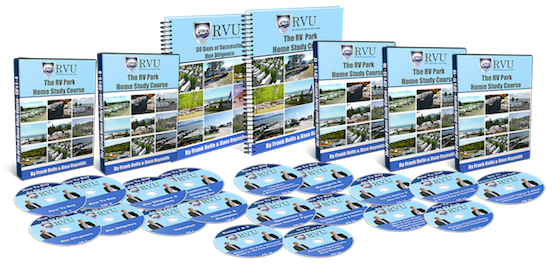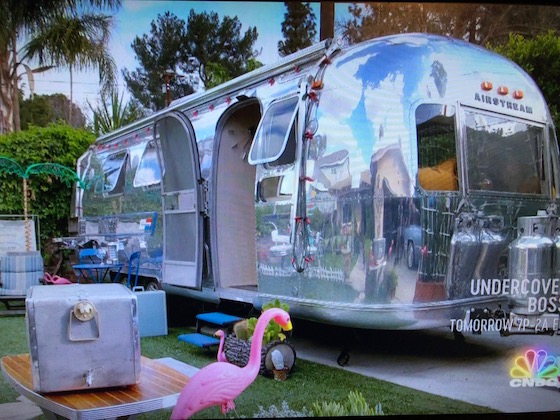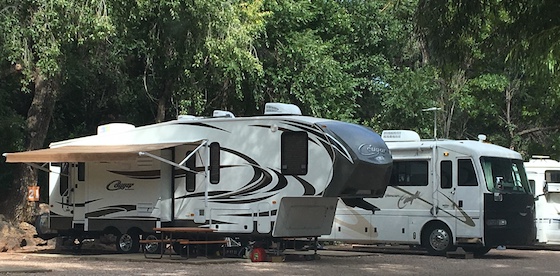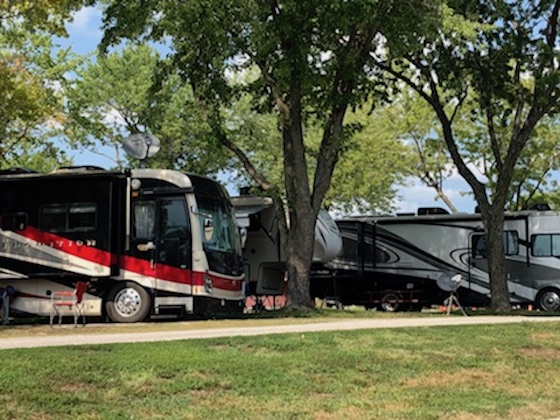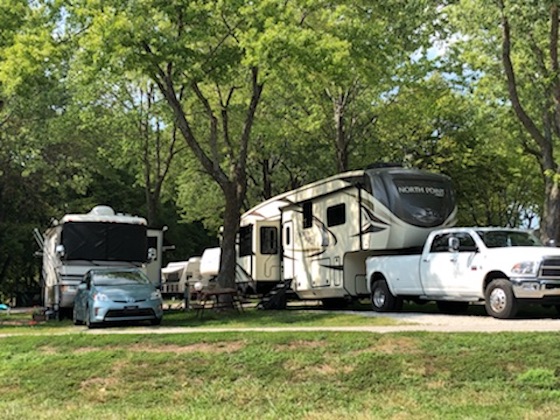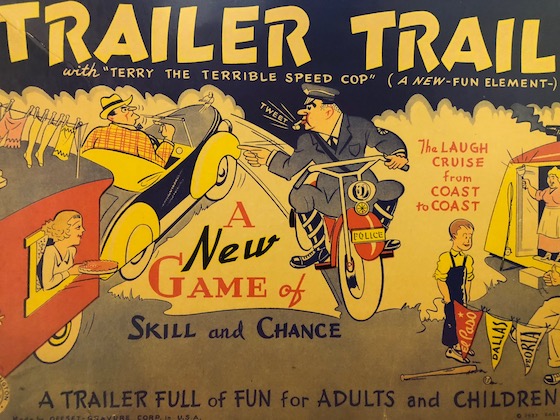There’s an old industry adage that the best time to buy a northern RV park is in the dead of winter. It makes logical sense as what owner would not want to retire when they’re out in the snow trying to fix a frozen water line while dreaming of Hawaii. But if you can get the best prices when it’s snowing out, how do you do the diligence at that time of year? It’s not as hard as it sounds.
Let’s not forget those diligence items that are not impacted by colder temperatures
If you refer to the guide to RV park due diligence that we wrote years ago (30 Days of Diligence) you will note that most of the items you need to obtain and verify are accomplished by phone, email or writing, and are not weather-dependent. Getting the Certificate of Zoning from the city is unaffected by 3’ of snow. Getting the last three years of power bills from the power company is not reliant on the roads being free of ice (as long as the internet is working). So the bottom line is that 80%+ of diligence work has nothing to due with the current weather conditions.
But also acknowledge the ones that are (such as occupancy)
However, there are some diligence items that are impacted by snow and bad weather. These include the visual inspection of the property, as well as confirmation of the normal occupancy. You just can’t see what’s under the snow, nor can you see the normal summer occupancy in winter in a seasonal RV park. However, you can’t wait until the Spring to do the diligence on a deal you sign up in December. So you just have to do your best.
Condition of amenities
What’s under that tarp over the pool? Is it in great condition or a total wreck? What about the parking pads or even the rough on the office? These will require some degree of guesswork. If the roof on the office is shot, you will see evidence of leaking on the ceiling, right? And even in the snow you can feel if the basketball court is solid or nonexistent. Hire a professional to inspect these features, as they are used to doing it year round and know how to make a better educated guess than you can.
Condition of roads
Even in the snow you can see potholes typically, as those depressions settle in with the snow fall just like they do with the rain. Additionally, put on your galoshes and walk the roads and you’ll see if they are flat and solid or if they feel rough and uneven. On top of that, there is typically some point in even the hardest winter when the sun breaks through for a day and melts off the snow. Hire someone on Craigslist for $50 to go film the park’s roads when the weather service says that’s occurring.
Confirmation of occupancy
All RV park values are based on revenue, and yet a winter park occupancy is typically not very impressive. Some northern parks, in fact, close for the season as winter approaches. So how can you stand in a nearly vacant RV park and believe that it was full starting in Spring? The solution is to monitor the byproducts of occupancy and their reflection of lots occupied. For example, almost all RV parks are on master-metered electricity – which means that all power is paid by the RV park and inclusive in the rent. With that in mind, there is a direct correlation between RV occupancy and power use. Simply estimate the coefficient of daily RV power with the power company rates, and then divide through and see how much occupancy the park truly had. The results may be eye opening.
Why it’s worth taking the risk to buy a park in winter
The premise that northern owners are unhappiest and most willing to deal in winter is 100% true. If they are willing to drop their price by 10% just because it’s cold and snowy, that’s a HUGE discount for the inconvenience of conducting diligence during that time of the year. If you really look at the math, you should be happy to do diligence in winter as a buyer. It makes total financial sense.
Conclusion
You can do proper due diligence in the winter. We’ve done it many times. You simply have to work smart and relish the fact that you’re getting an extra good deal.


